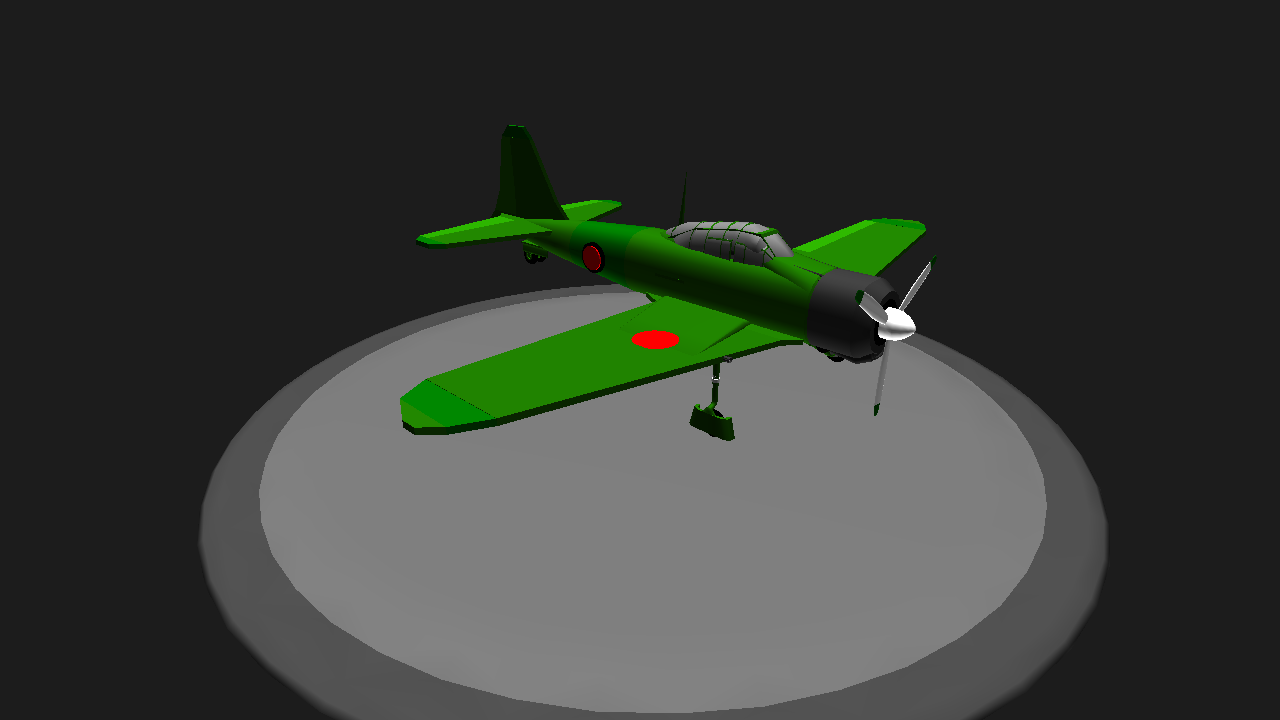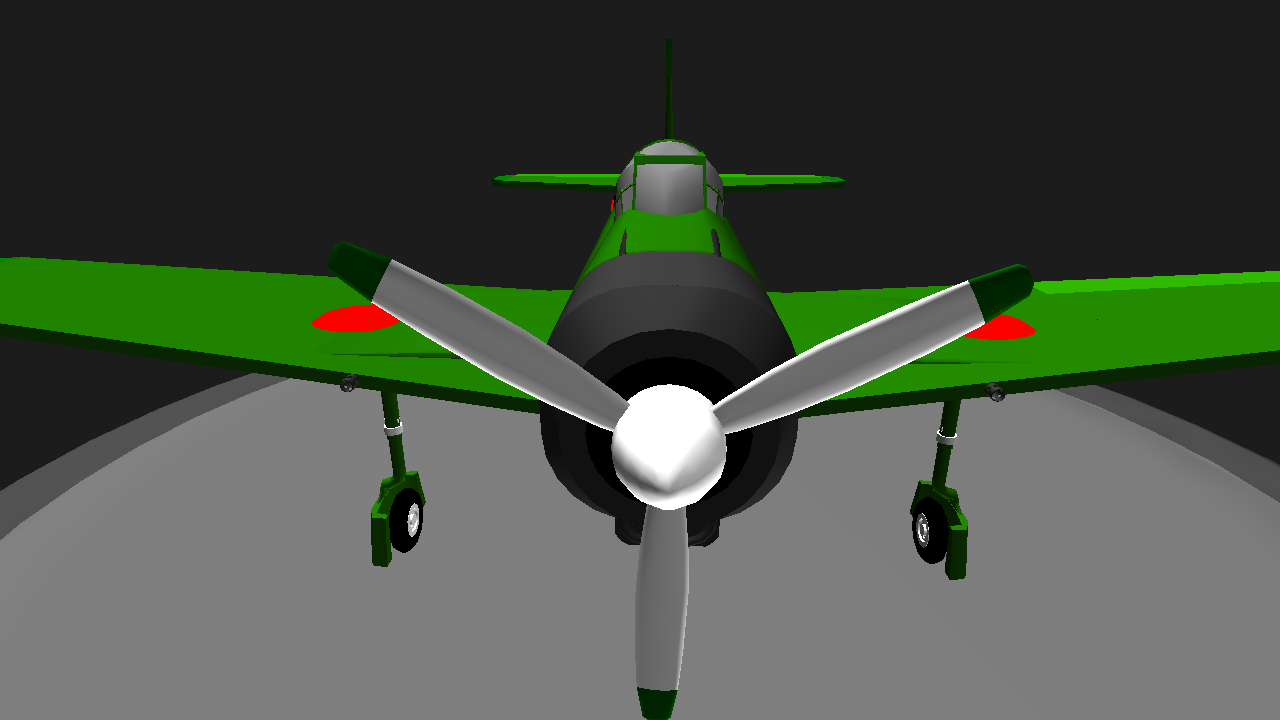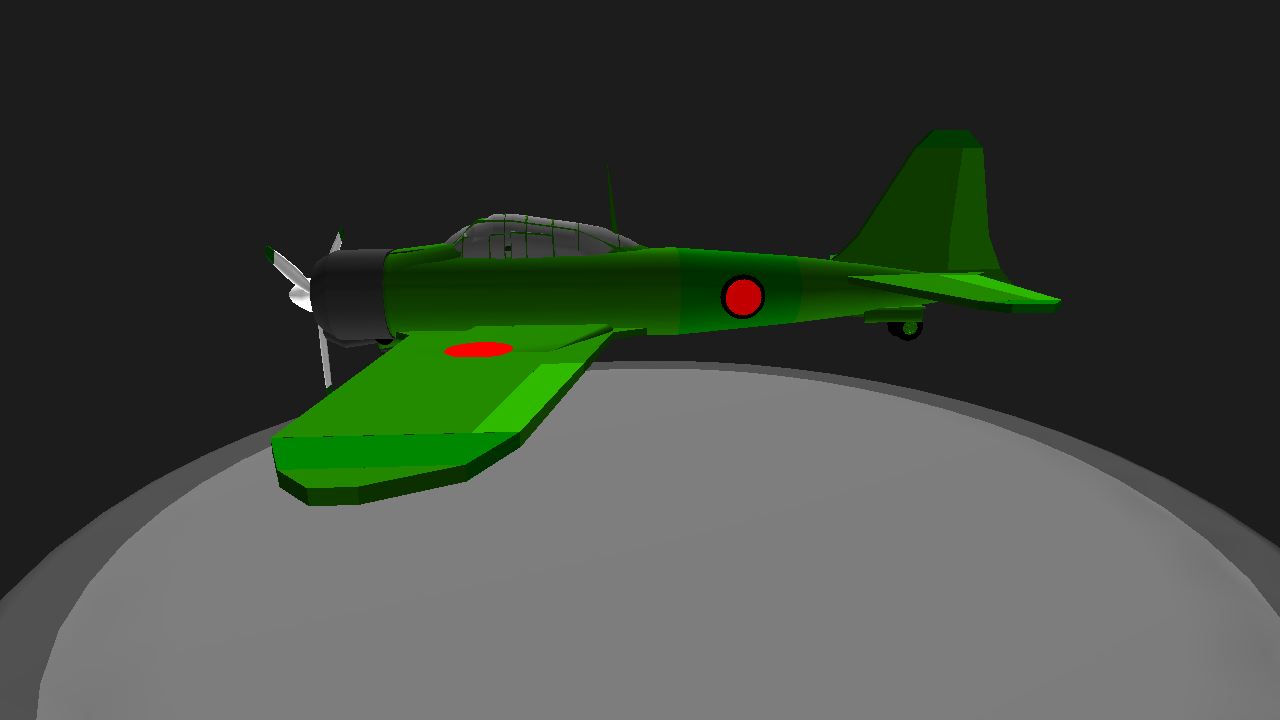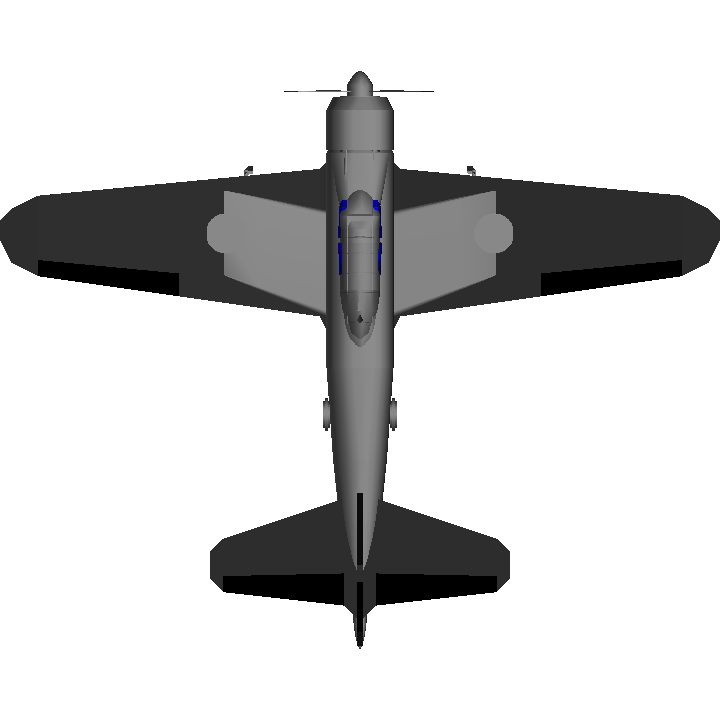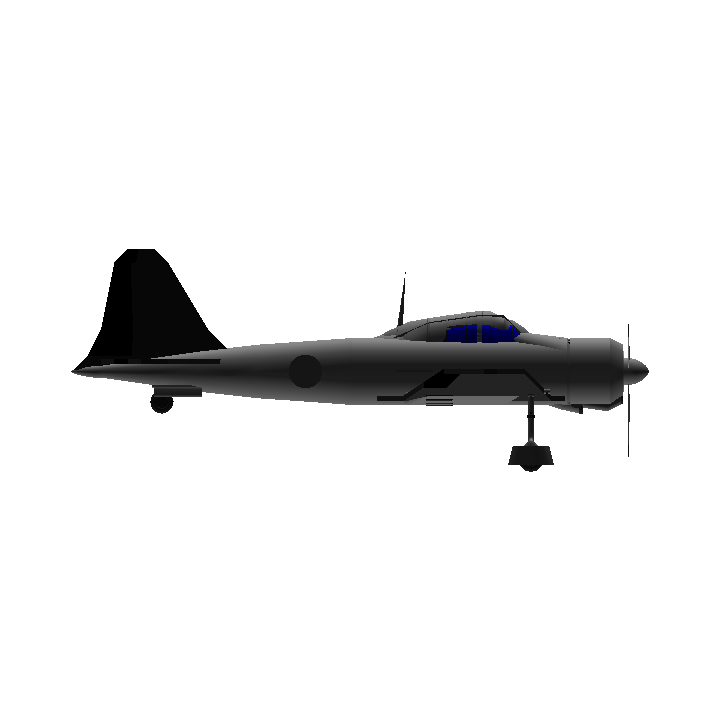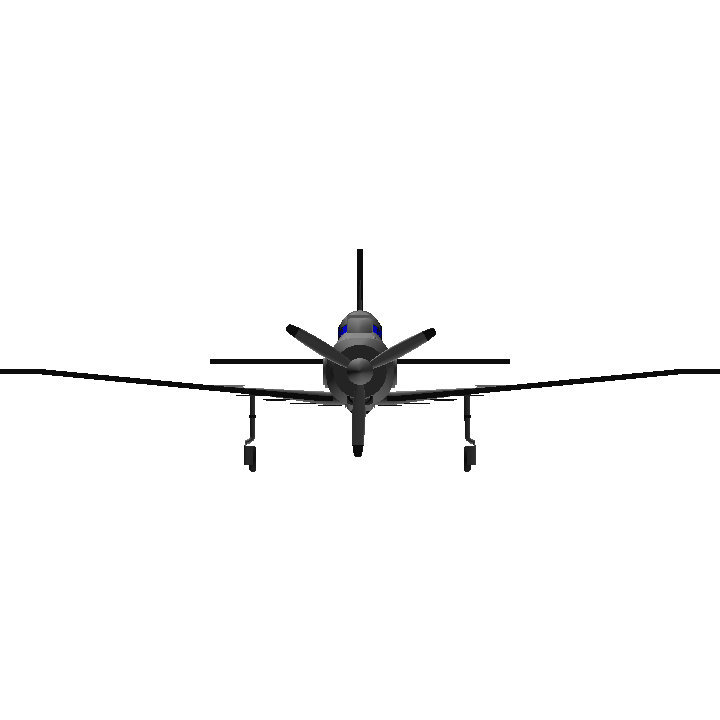Kamikaze aircraft were essentially pilot-guided explosive missiles, purpose-built or converted from conventional aircraft. Pilots would attempt to crash their aircraft into enemy ships in what was called a "body attack" in planes laden with some combination of explosives, bombs, torpedoes and full fuel tanks. Though accuracy was much better than a conventional attack, and the payload and explosion larger, only 11% of kamikaze attacks were successful.A kamikaze could sustain damage which would disable a conventional attacker and still achieve its objective. The goal of crippling or destroying large numbers of Allied ships, particularly aircraft carriers, was considered by the Empire of Japan to be a just reason for sacrificing pilots and aircraft.These attacks, which began in October 1944, followed several critical military defeats for the Japanese. They had long since lost aerial dominance due to outdated aircraft and the loss of experienced pilots. Japan suffered from a diminishing capacity for war, and a rapidly declining industrial capacity relative to the Allies. Japan was also losing pilots faster than it could train their replacements. In combination, these factors, coupled with the unwillingness to surrender, led to the use of kamikaze tactics as Allied forces advanced towards the Japanese home islands.? on 11 May 1945. 389 personnel were killed or missing and 264 wounded from a crew of 2,600. While the term "kamikaze" usually refers to the aerial strikes, it has also been applied to various other suicide attacks. The Japanese military also used or made plans for non-aerial Japanese Special Attack Units, including those involving submarines, human torpedoes, speedboats and divers. The tradition of death instead of defeat, capture, and perceived shame was deeply entrenched in Japanese military
Specifications
Spotlights
- outlinedsalmon4 7.9 years ago
General Characteristics
- Predecessor Kamikaze
- Successors 1 airplane(s)
- Created On Android
- Wingspan 44.0ft (13.4m)
- Length 35.4ft (10.8m)
- Height 13.3ft (4.1m)
- Empty Weight 10,403lbs (4,718kg)
- Loaded Weight 12,085lbs (5,482kg)
Performance
- Horse Power/Weight Ratio 0.33
- Wing Loading 29.0lbs/ft2 (141.7kg/m2)
- Wing Area 416.5ft2 (38.7m2)
- Drag Points 3755
Parts
- Number of Parts 89
- Control Surfaces 7
- Performance Cost 450

